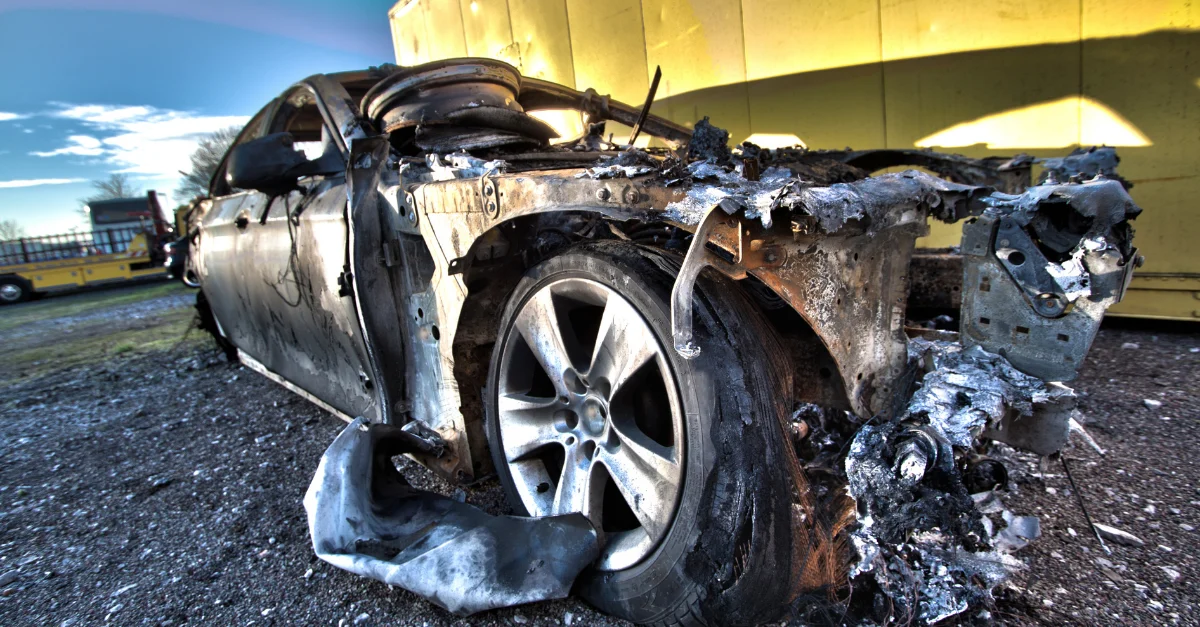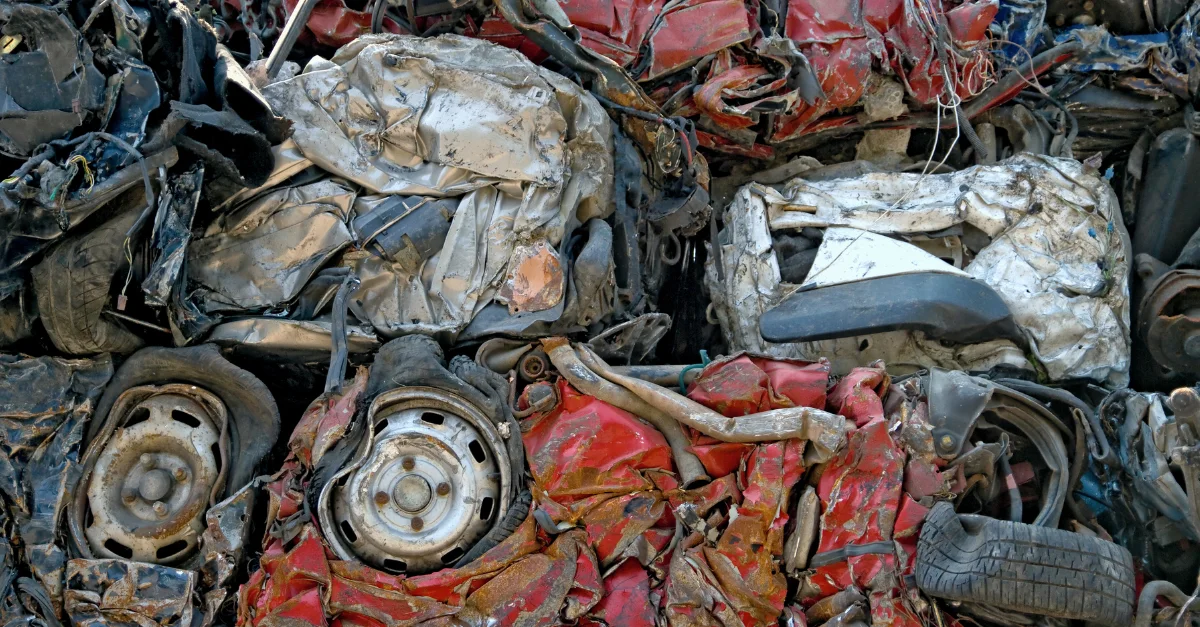An End of Life (ELV) is a vehicle which as the name suggests, is a vehicle which has reached the end of its life, and is no longer roadworthy. ELVs can be old, worn or vehicles which have been involved in an accident.
On this page:
End of Life Vehicle Disposal
The process of scrapping an ELV is straightforward, although there are regulations in place to limit the impact of their disposal on the environment. Any legal company scrapping service must hold an Authorised Treatment Facility (ATF) permit, which ensures the company follows the best practices for scrapping. An ATF ensures that all dismantling, vehicle de-pollution, crushing and recycling is done so safely and ethically. It also means that scrap vehicles and transactions are documented, covering both the company and the driver to prevent dodgy deals and scrap scams. Read more on the scrap car process.
The Types of End of Life Vehicles
When it comes to ELVs, there are two categories – Natural End of Life and Premature End of Life.
Natural End of Life vehicles are motors that are old and have sustained a lot of general wear and tear over time and the parts and overall condition is not what it used to be. On the other hand, a Premature End of Life vehicle is one which has met a premature end, through a vehicle collision, fire or a substantial amount of damage rendering the car unroadworthy and past the point of repair.
Both categories of ELV’s can be scrapped, crushed and recycled to be given a new lease of life. Scrap metal recycling is on the up, with over 1 million vehicles scrapped each year in the UK alone. End of life vehicles are taken to ELV scrap yards and de-polluted, crushed and recycled, going on to be used within other cars and products.

The End of Life Vehicle Directive
Every year across Europe, approximately 8-9 million tonnes of waste from end of life vehicles is produced, and if not managed properly, the build up of such waste can cause environmental and economical problems – however, this is where the ELV Directive comes in to help resolve.
The ELV Directive came into play in 1997, to direct, guide and manage the amount of waste created by end of life parts. The directive sets out clear targets for ELV’s and their parts, including banning the use of harmful substances when producing and manufacturing new vehicles. Materials such as lead, cadmium, mercury and hexavalent chromium are prohibited, apart from exceptional circumstances where alternative materials cannot be used. The targets set out by the directive are for the reuse, recycling and recovery of automotive parts to limit the amount of waste ending up on the scrap heap and to improve the environmental practices within the scrap and recycling industries.

Scrap Your ELV
Whether your motor is broken, old or suffered damage in a road collision or accident, get a quote from National Scrap Car. You won’t pay a penny to scrap your cars with us, and no matter where you live we can guarantee that we can match you up with a nearby buyer happy to exchange your motor for the sum that you deserve. Get your free, personalised quote or speak to one of our trained advisors to find out more.